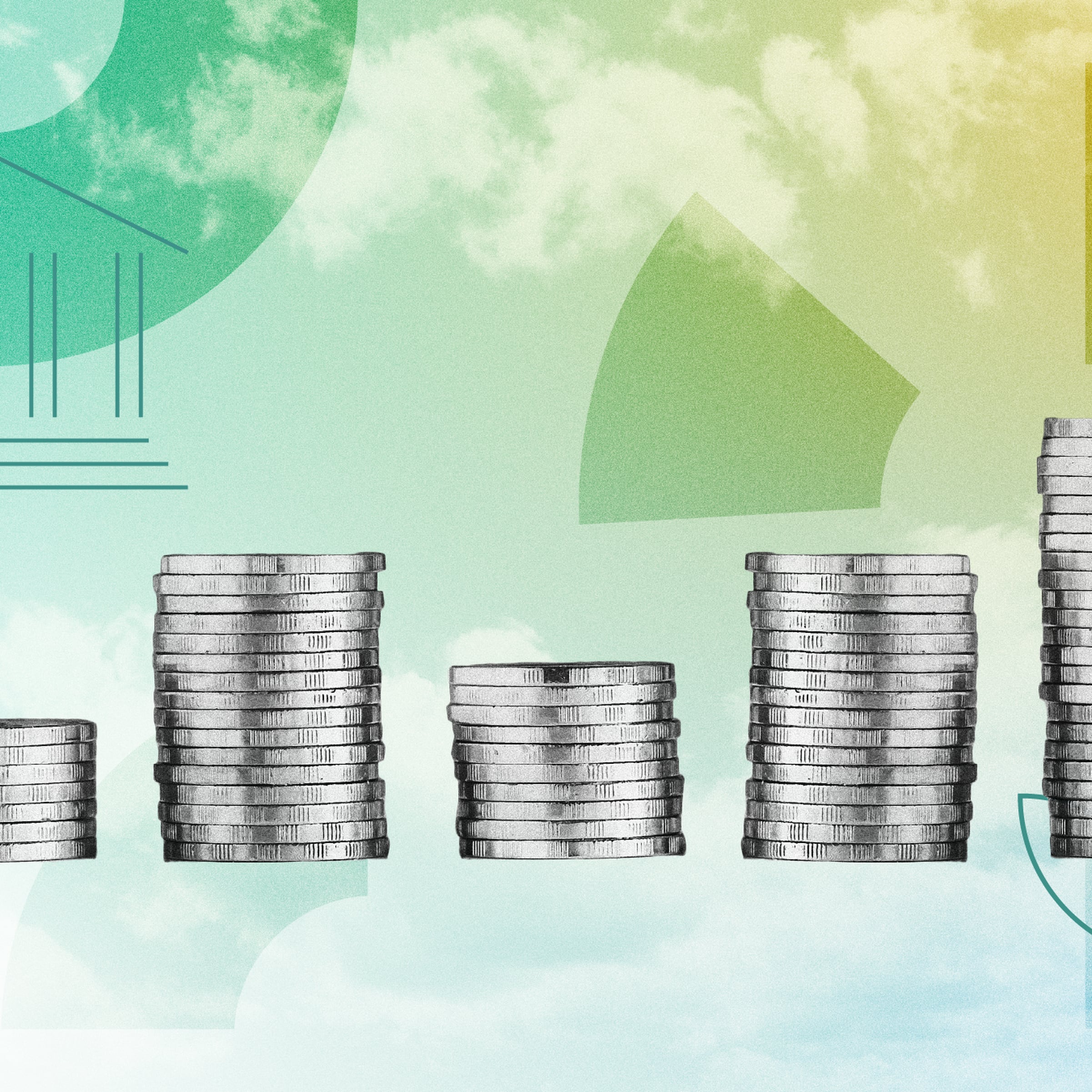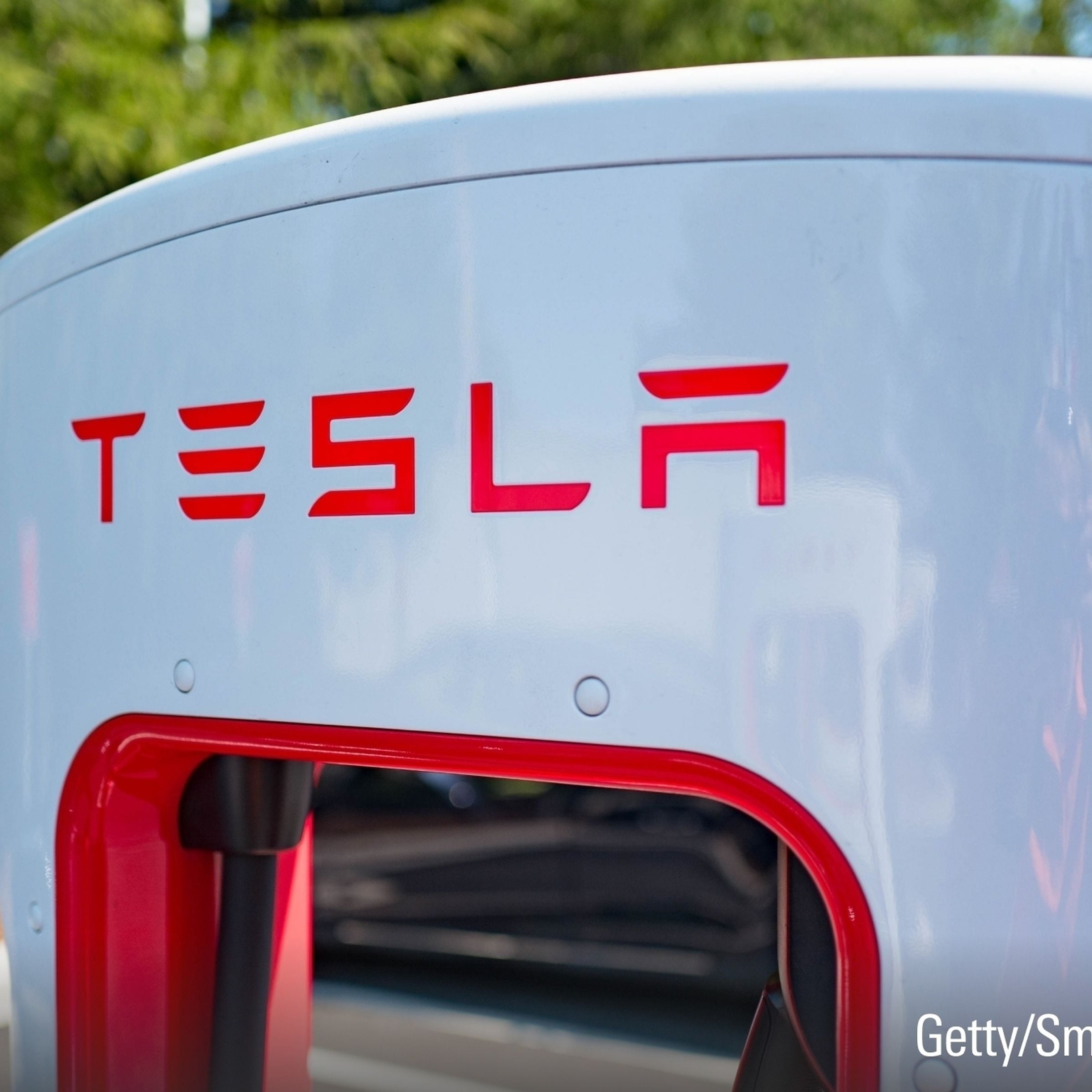Clean Energy: Canadian Mutual Funds and ETFs invest in Climate Action
As Canada continues its quest for clean energy, it's important to consider the potential of investing your own money in the clean technology industry - and not just in Canada.

With Canada's federal budget just released, Finance Minister Chrystia Freeland has noted her priorities will include substantial investment into a 'clean economy', which includes investments in the transition to clean energy. This, in combination with a recent report from the United Nations Intergovernmental Panel on Climate Change which further outlined that the world has reached a critical point in terms of action required to avoid catastrophic outcomes, might prompt investors to think about how their investments might stand to benefit (or lose) from the transition said clean economy. On the other side, the budget clearly points to increased government funding for clean tech.
If you are an index investor (which Morningstar believes is a great approach in efficient markets), the Canadian portion of your portfolio is likely quite heavily exposed to the energy sector (to your benefit over the 2022 calendar year), which will play a pivotal role in the transition but perhaps with unclear outcomes for investors given the proposed trajectory of the Canadian economy.
Investing in Green Energy Companies
Keeping this idea in mind, I thought to highlight funds that instead invest specifically in this transition to a greener economy. I did this by screening our database for ETFs and D-class mutual funds (those that are available through discount brokerages without the embedded cost of advice) indicated as 'climate action' funds, according to Morningstar's Sustainable Attributes Framework. In other words, these are funds that have indicated in their prospectus filing that they invest thematically in companies or projects that contribute broadly to the transition to a low-carbon economy (including energy sources like wind, solar, hydro, tidal, and geothermal power and those focused on green infrastructure and energy storage).
The funds that meet the above requirements are listed in the table, alongside their tickers, MERs, categories, ratings and returns.
I note importantly that the table includes two distinct ratings: (1) the Morningstar Rating for Funds, which is an objective look back at a fund's after-fee risk-adjusted performance against the category to which it belongs; and (2) the Morningstar Quantitative Rating, which is Morningstar's assessment of a fund's ability to product above-average returns in the future, based on our analysis of people (quality of the management team), parent (stewardship of the fund company), and process (robustness of investment decision making).
What is the Average Size of Clean Tech Funds and ETFs in Canada?
According to Morningstar's data, the 11 funds that we've identified as having a focus on climate action collectively have total assets of just shy of CAD $4B, which is miniscule compared to the total fund and ETF market that today closes in on CAD $2T. That said we can clearly see that it is growing quickly with most assets sitting in equity funds.
This article does not constitute financial advice. Investors are encouraged to conduct their own independent research before purchasing any of the investments listed here.




